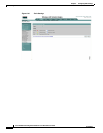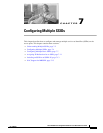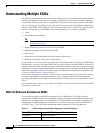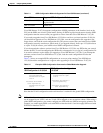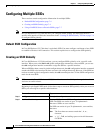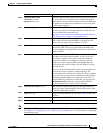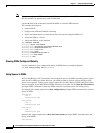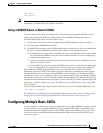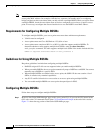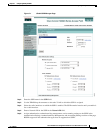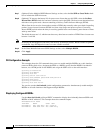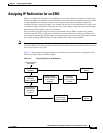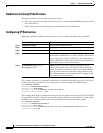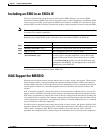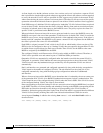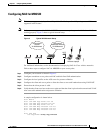
7-8
Cisco IOS Software Configuration Guide for Cisco Aironet Access Points
OL-11350-01
Chapter 7 Configuring Multiple SSIDs
Configuring Multiple Basic SSIDs
Note Devices on your wireless LAN that are configured to associate to a specific access point based on the
access point MAC address (for example, client devices, repeaters, hot standby units, or workgroup
bridges) might lose their association when you add or delete a multiple BSSID. When you add or delete
a multiple BSSID, check the association status of devices configured to associate to a specific access
point. If necessary, reconfigure the disassociated device to use the BSSID’s new MAC address.
Requirements for Configuring Multiple BSSIDs
To configure multiple BSSIDs, your access points must meet these minimum requirements:
• VLANs must be configured
• Access points must run Cisco IOS Release 12.3(4)JA or later
• Access points must contain an 802.11a or 802.11g radio that supports multiple BSSIDs. To
determine whether a radio supports multiple basic SSIDs, enter the show controllers
radio_interface command. The radio supports multiple basic SSIDs if the results include this line:
Number of supported simultaneous BSSID on radio_interface: 8
Guidelines for Using Multiple BSSIDs
Keep these guidelines in mind when configuring multiple BSSIDs:
• RADIUS-assigned VLANs are not supported when you enable multiple BSSIDs.
• When you enable BSSIDs, the access point automatically maps a BSSID to each SSID. You cannot
manually map a BSSID to a specific SSID.
• When multiple BSSIDs are enabled on the access point, the SSIDL IE does not contain a list of
SSIDs; it contains only extended capabilities.
• Any Wi-Fi certified client device can associate to an access point using multiple BSSIDs.
• You can enable multiple BSSIDs on access points that participate in WDS.
Configuring Multiple BSSIDs
Follow these steps to configure multiple BSSIDs:
Step 1 Browse to the Global SSID Manager page on the access point GUI. (If you use the CLI instead of the
GUI, refer to the CLI commands listed in the CLI Configuration Example at the end of this section.)
Figure 7-1 shows the top portion of the Global SSID Manager page.



